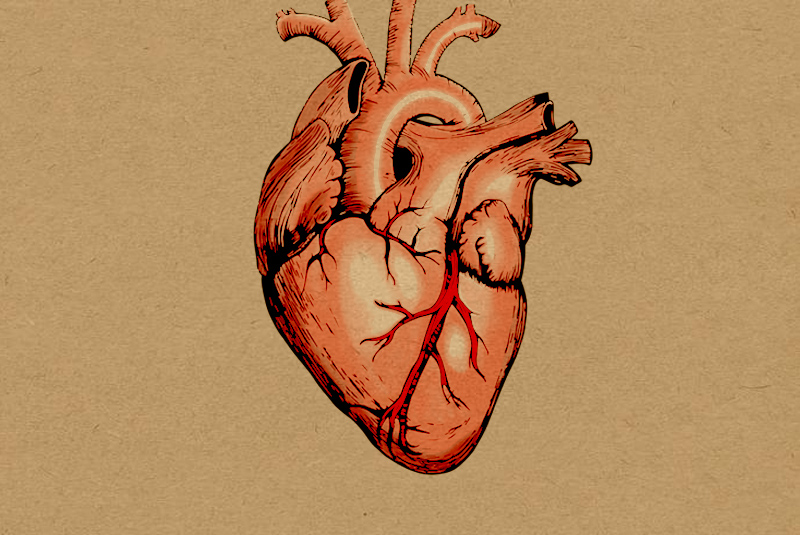Kidney failure is treated with dialysis or, in the best-case scenario, a kidney transplant. Unfortunately, only around 10% of those who require a kidney transplant are able to receive one due to a scarcity of organs. The situation is very similar in the event of a heart failure and the organs’ unavailability for even contemplating a transplant. Such a situation leaves those in need of these organs with the option of choosing between death or opting to get an artificial organ implanted in them.
Certain organs in the human body might become damaged and need to be replaced with a synthetic organ or a prosthetic device. These replacement devices are always made of natural or synthetic polymeric materials. These ‘biomaterials’ must be compatible with the blood, bodily fluids, and the tissues they come into contact with. Most of these artificial devices are made entirely or partially of natural or synthetic polymers, partly owing to the broader range of qualities available.
Artificial organs are medical equipment with active mechanical or biochemical activities, such as the heart, lung, kidney, liver, pancreas, or neurosensory organs. They can be surgically implanted or placed extracorporeally (where blood is processed outside the patient’s body for a short period of time). Although the number of artificial organs in clinical use is still limited, much research and development have gone into devices with active biomechanical, biologic, or mass exchange capabilities. These innovations might originate from the domains of ‘machine learning’ and ‘computational intelligence,’ which are both parts of ‘artificial intelligence,’ a branch of engineering concerned with the development of devices that mimic intelligent behaviour.
-30-
Copyright©Madras Courier, All Rights Reserved. You may share using our article tools. Please don't cut articles from madrascourier.com and redistribute by email, post to the web, mobile phone or social media.Please send in your feed back and comments to [email protected]











